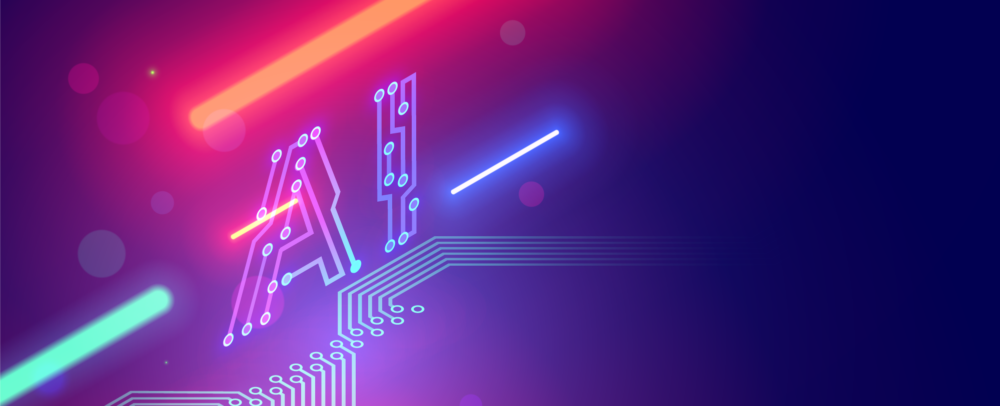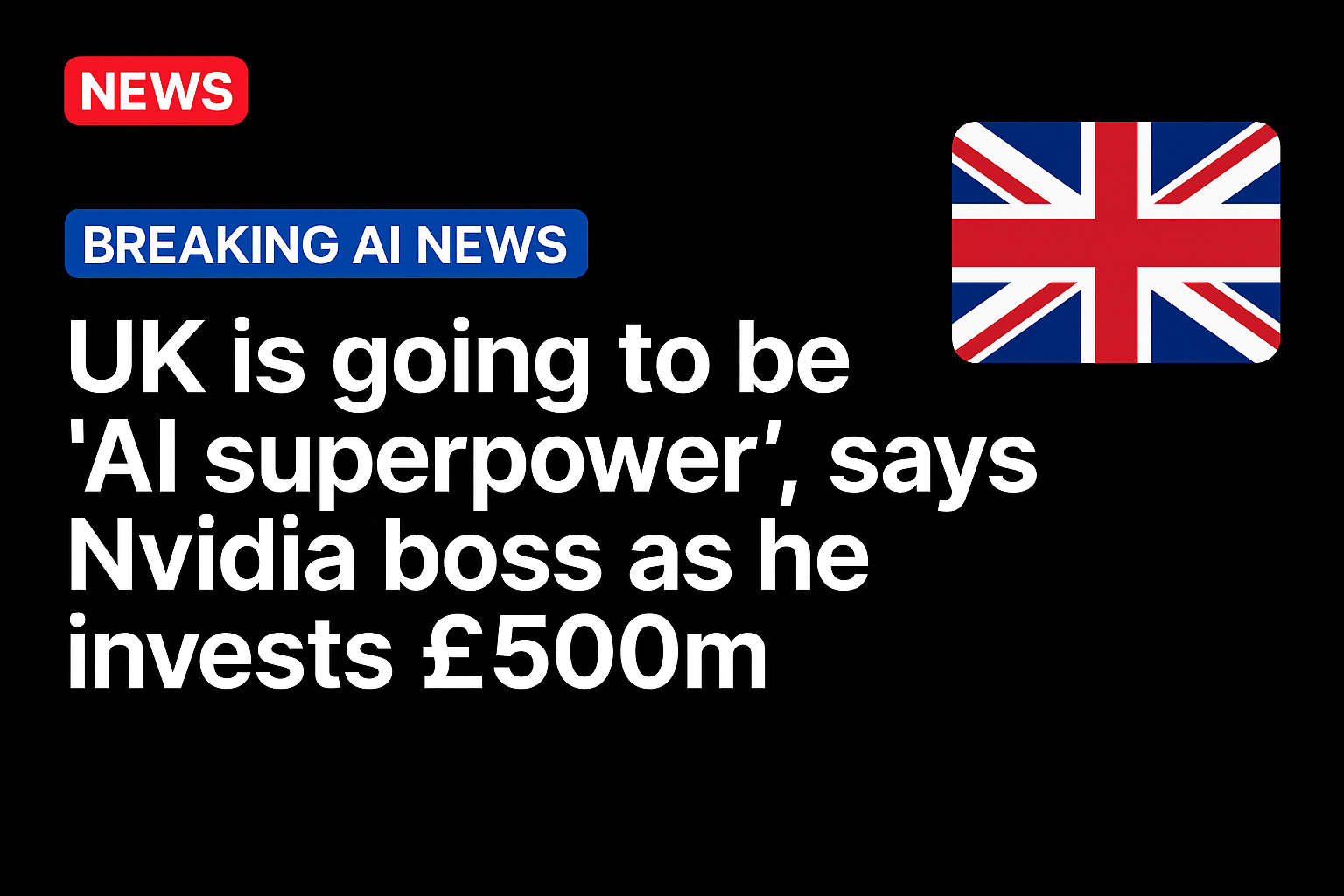Art authentication is no longer just about the trained eye—it’s now a high-stakes blend of science, history, and cutting-edge technology. With millions of dollars and the reputations of museums and scholars on the line, confirming a painting’s origin can reshape the story of art itself.
The search for authenticity has moved far beyond the canvas. What began as a slow and intricate manual process now leans into the speed and power of advanced computing. Among today’s tools, artificial intelligence stands out as a breakthrough force in unlocking the secrets of the world’s most celebrated masterpieces.
For generations, experts depended on a mix of provenance research, material analysis, and iconography. Radiographic imaging and chemical studies helped date and deconstruct artworks. Still, these techniques demanded deep expertise and often took months to yield conclusions.
One method, connoisseurship, has been especially influential. This approach focuses on visual clues—composition, style, and brushwork. It has long guided attributions of iconic artists, including the High Renaissance painter Raphael. His masterpieces, like The School of Athens and The Madonna della Rosa, radiate grace and innovation. Yet Raphael’s bustling workshop complicates matters. Many paintings involved assistants, blurring the line between the master’s hand and that of his students.
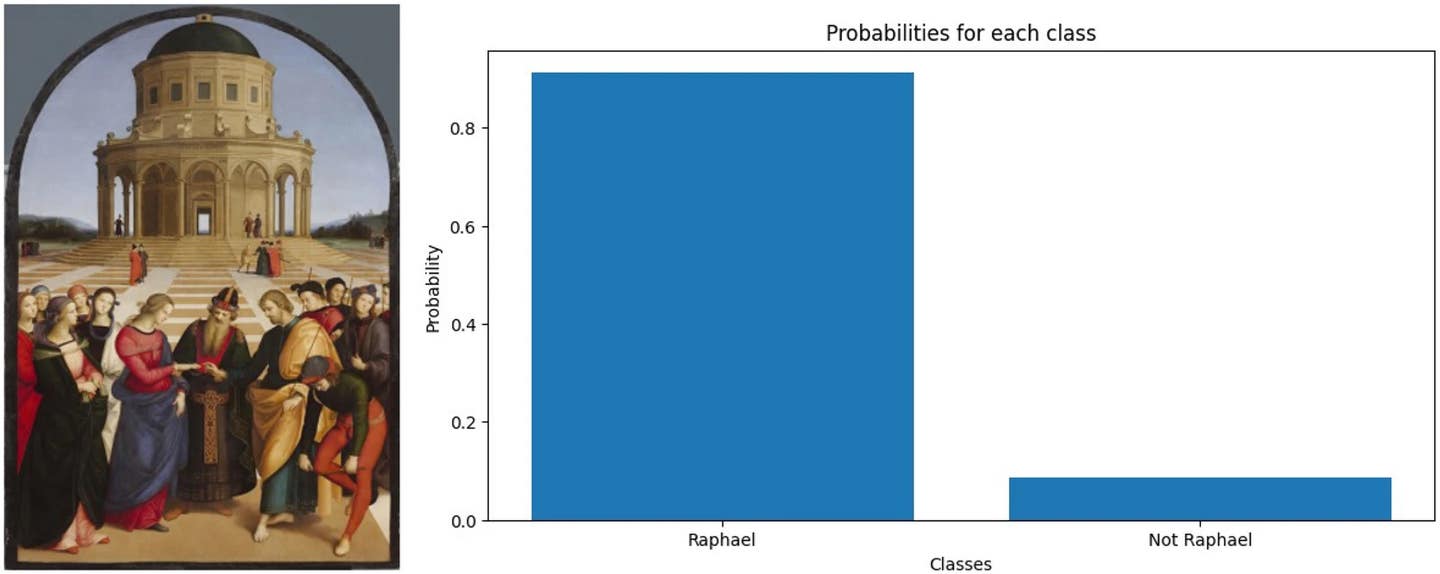
Artificial Intelligence Revolutionizes Art Analysis
That’s where artificial intelligence makes its mark. By scanning thousands of artworks, AI can detect patterns invisible to even the most seasoned eyes. Machine learning models now evaluate brushstrokes, color schemes,
A team at the University of Bradford recently put this to the test. They turned their attention to The Madonna della Rosa, a painting long under scholarly debate. It hangs today in Madrid’s Museo del Prado and has sparked years of speculation over its origins.
Using AI, researchers discovered something remarkable. The model found that Raphael likely painted the Madonna, the Christ Child, and St. John the Baptist himself. But St. Joseph? He appears to have been added later—by a different hand. That insight would have taken months to uncover by traditional means. With AI, it took just hours.
The Mechanics of AI in Art Analysis
AI in art analysis employs convolutional neural networks (CNNs), which mimic human visual processing. These networks transform images through hierarchical layers, from basic edge detection to complex feature recognition. Such systems excel in identifying stylistic nuances, enabling them to classify artworks by artist or genre.
Bradford’s team used ResNet50, a deep learning model, coupled with support vector machines (SVM) for classification. Edge detection algorithms enhanced their analysis, isolating features specific to Raphael’s technique. The algorithm’s 98% accuracy underscores its potential in resolving long-standing debates in art history.
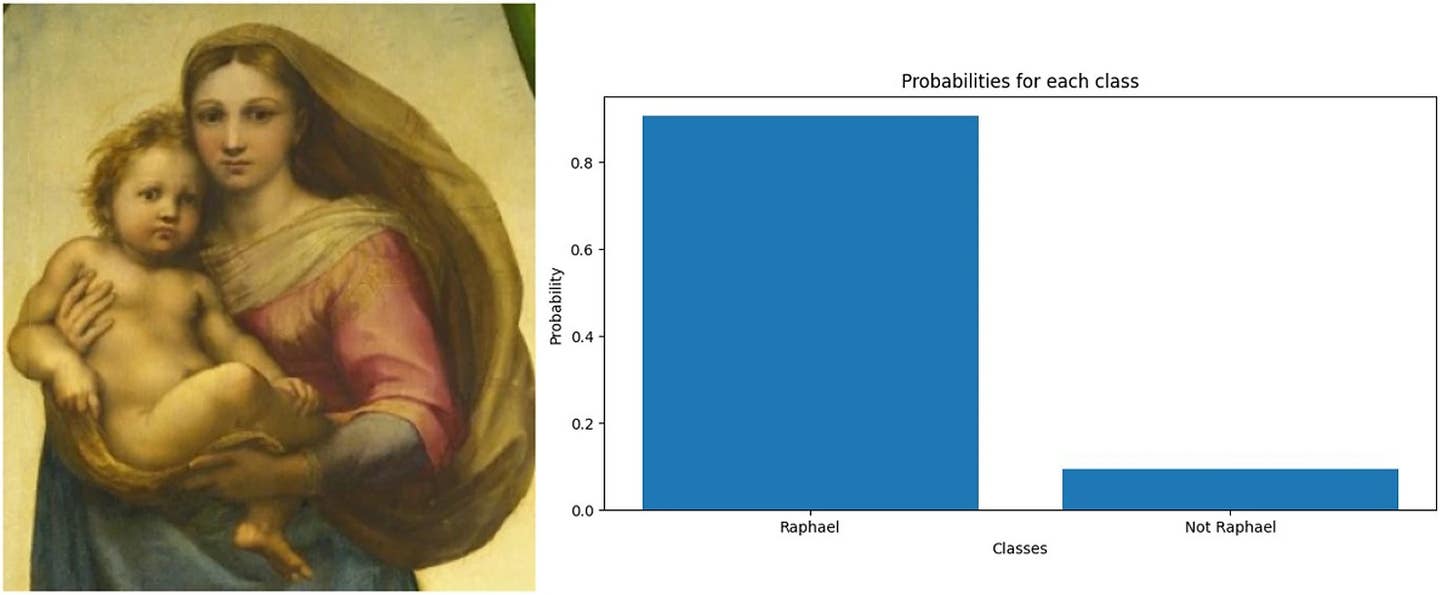
AI’s application in art authentication is not without challenges. High-quality training data for AI models remains scarce, complicating efforts to distinguish between an artist’s stylistic evolution and anomalies. Scholars also debate AI’s role, with some traditionalists skeptical of its capacity to replace human expertise.
Ugail acknowledges this resistance, noting, “AI is a tool that complements traditional methods. It provides a rapid way to assess whether a painting warrants deeper investigation.”
The Madonna della Rosa study builds on earlier successes. The team previously analyzed the de Brécy Tondo, a painting questioned as a 19th-century copy. AI findings identified it as an authentic Raphael, despite initial skepticism. These advancements highlight AI’s growing acceptance in the art world.
Expanding AI’s Role in Art and Beyond
AI’s potential extends beyond Raphael. Researchers aim to develop algorithms capable of authenticating works by other artists, revolutionizing art analysis. By combining AI with traditional methods like provenance research, scholars can form a comprehensive picture of an artwork’s origin.
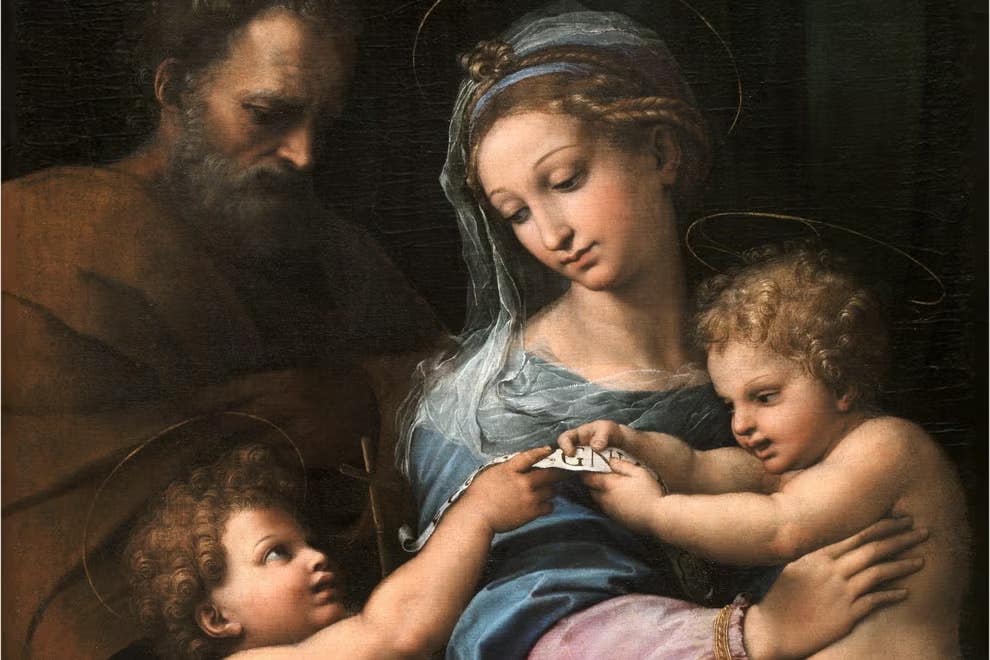
The integration of AI also aids in broader art studies. For instance, machine learning has analyzed styles in Islamic, Chinese, and Western art, while knowledge graphs and adversarial networks have generated and classified artworks. Innovations in multi-task deep learning and database-driven classification promise further advancements.
The implications of AI in art are profound. By unveiling hidden details in masterpieces, AI bridges the gap between technology and tradition.
As Ugail notes, “The potential for this kind of tool is huge.” With each discovery, AI reshapes our understanding of art history, opening new avenues for exploration.
The Bradford team’s research, published in Heritage Science, highlights the rigor of their methodology. Their findings exemplify how AI can complement scholarly art analysis, ensuring that history’s treasures are accurately understood and preserved.
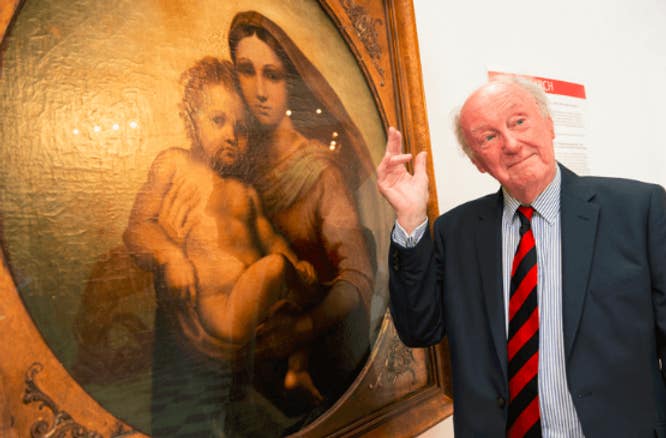
Art, science, and technology converge to uncover the secrets of the Renaissance. Through AI, the mysteries within brushstrokes come to light, transforming art authentication. As the dialogue between human expertise and machine precision deepens, the boundaries of what we can uncover continue to expand.
